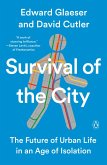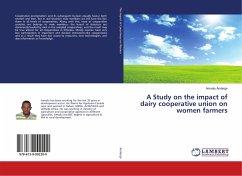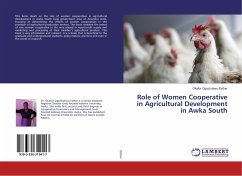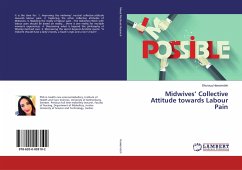Yet, it is not clear what makes community happen and how planners and architects contribute to its formation? This work examines the question based on the case study in Viennese community house Sargfabrik (in Austria) that has been functioning as self- organized community for over twenty years. The research represents the scope of interviews within the residents of the house as well as with one of the architects of the project, where they were asked toward community living, perception of space and their understanding of the relation between space and community life. As a result, the number of 8 social factors and 3 spatial, that has been commonly mentioned by respondents were collected, categorized and analyzed in a way that shows what played a key role in the Sargfabrik establishment and further development.
Bitte wählen Sie Ihr Anliegen aus.
Rechnungen
Retourenschein anfordern
Bestellstatus
Storno








